Creating a boundary that complements your home is key to completing an outdoor space. If you’re still on the fence about fencing, this stylish beginner’s guide is here to help
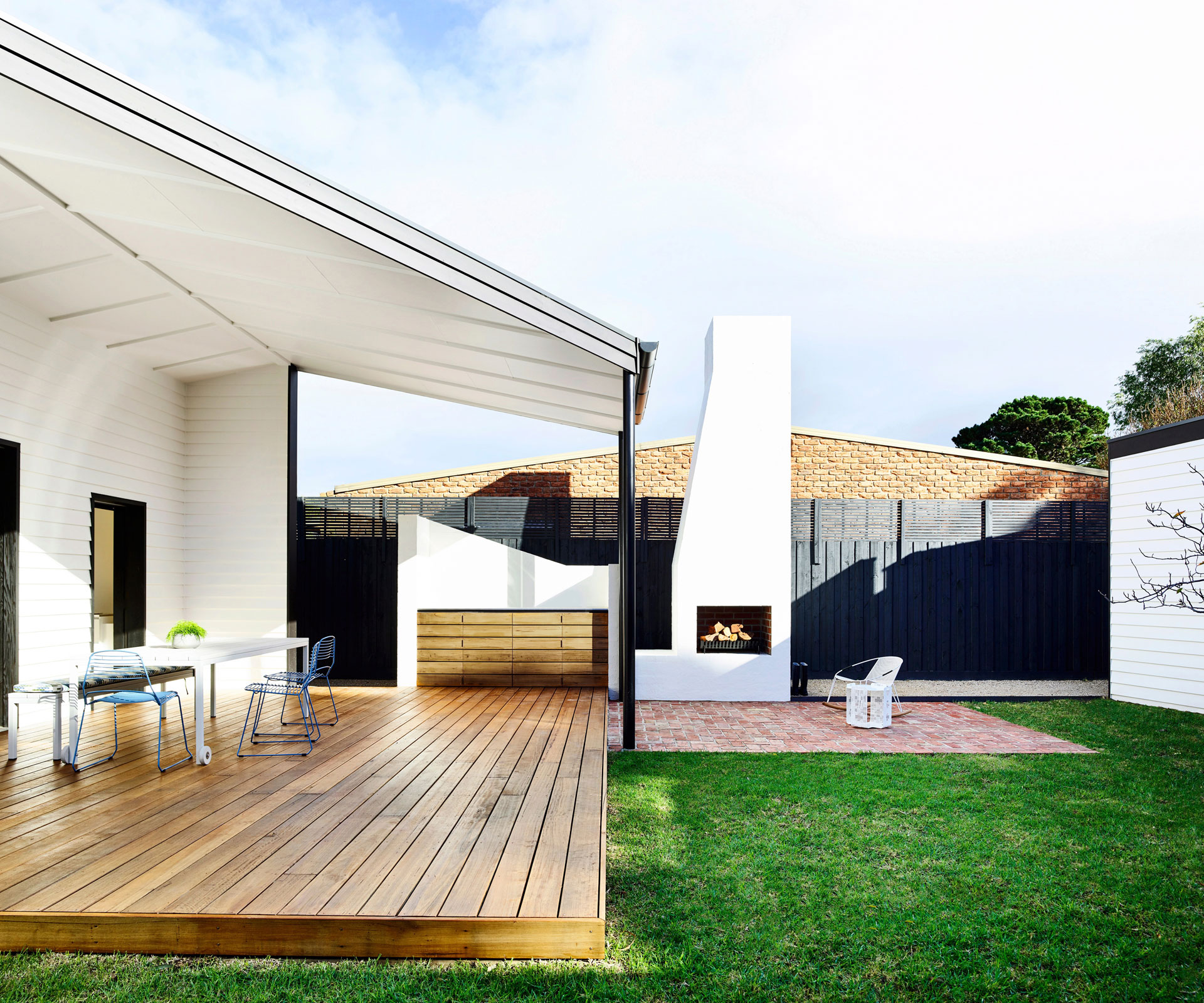
How to choose the best type of fence for your home
It’s one of the most dominant features in the garden, so your fence’s appearance will have a major influence on the overall look of your outdoor space. We’re spoilt for choice with fencing options, but how do you decide what style is best for your home?
Look for cues
The architecture of your home is the most obvious style cue when it comes to choosing fencing. Picket fences are a natural choice for cute cottages, while wrought iron suits handsome villas. A contemporary rectangular concrete and glass structure on the other hand cries out for the same clean lines on its boundaries.
You may decide to pick up on just one feature in the house, for instance the colour of the roof, and use this for a painted timber fence. Avoid going overboard with one material though, as this can seriously detract from your home’s exterior appeal. Corrugated steel cladding on both the house and fences would give you a serious case of metal fatigue.

Garden style
The style of your garden is also an important factor. Relaxed subtropical or coastal gardens sit well with structural features made from natural materials. Think bamboo, trellis and brushwood screens or stained, rough-sawn timber.
Timber fences, especially pickets, are also perfect for cottage gardens but these should be painted white or soft colours so they don’t overwhelm the profusion of delicate pastel-hued flowers that often spill over the boundaries of such spaces. If yours is a formal garden with box hedging and neatly trimmed beds, then an elegant, traditional fence of wrought iron and concrete or painted, dressed timber with capping and post heads might be the go.
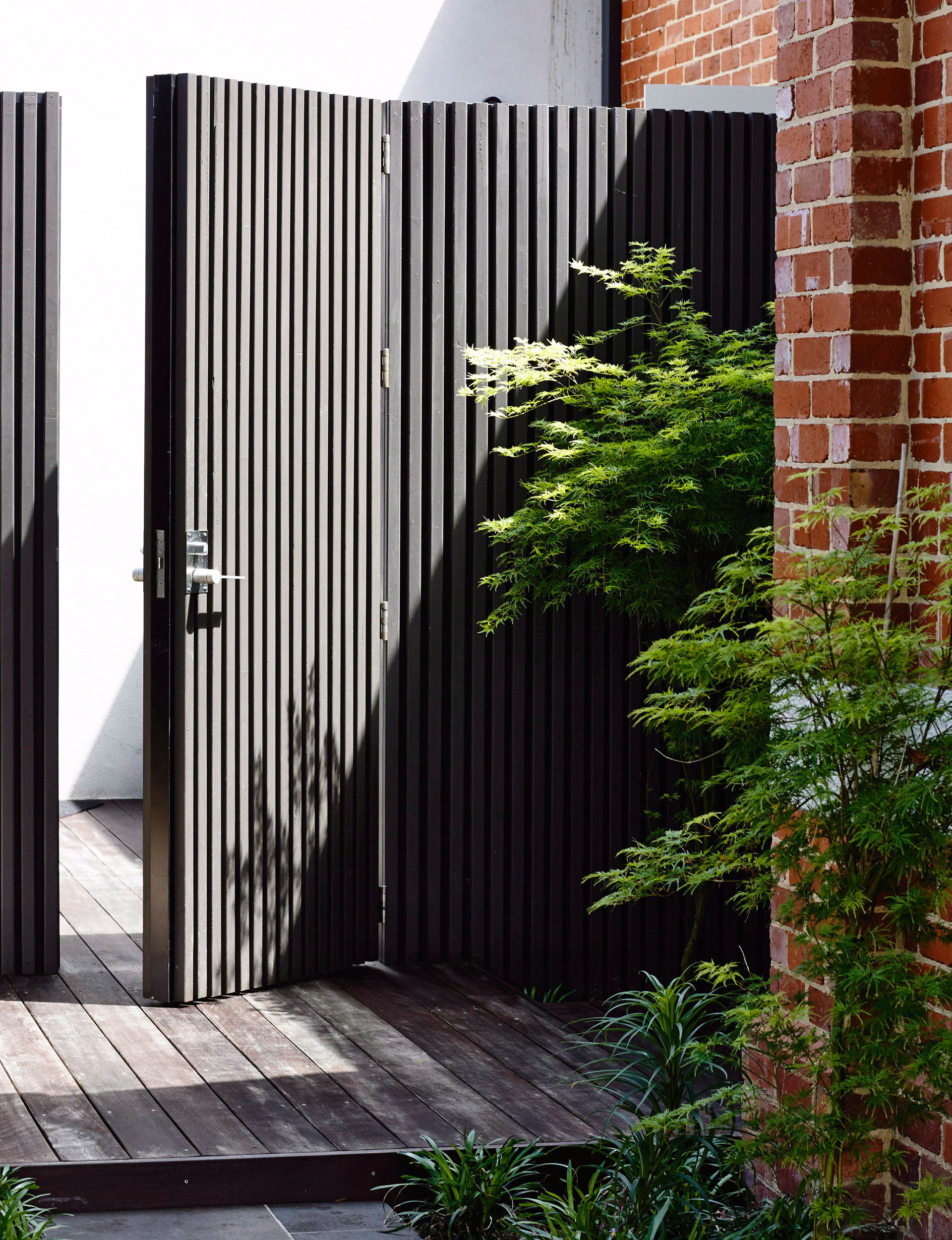
With minimalist, contemporary gardens, where the planting is usually more sparse and sculptural, the fence is often a feature in its own right. It should be modern, well detailed and made of good-quality materials, for example painted or stained vertical timber screens, Corten steel or off-form (shuttered) concrete.
Installation
A good fence builder will come to the site to assess factors such as access, gradient, land stability, existing vegetation and so forth before giving you a quote. If your site is tricky, for instance a steep slope or rock substrate that needs substantial drilling for footings, this will add significantly to the cost of your fence.
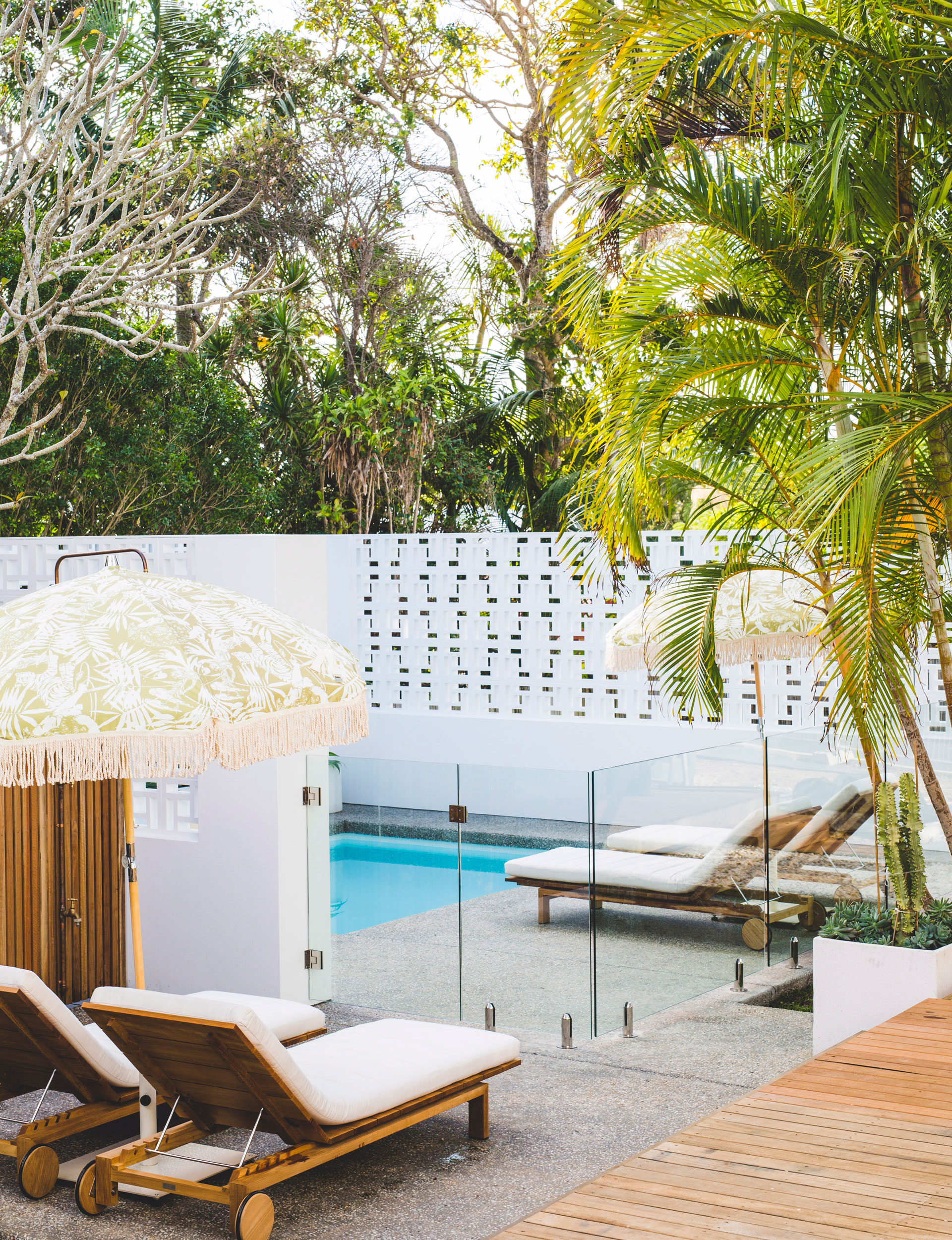
Legal issues
Ask your local council about permitted heights and materials. In some heritage areas, only wooden picket fences are allowed. Resource consent is usually required for boundaries above 2.5 metres.
Under the Fencing Act, your neighbours are obliged to split the cost of replacing an unsatisfactory boundary fence with one that is considered legally ‘adequate’. Be prepared to negotiate on the final design.
Before you start building a new fence, make sure your property’s legal boundaries are clearly defined. If you’re unsure, get a surveyor in.
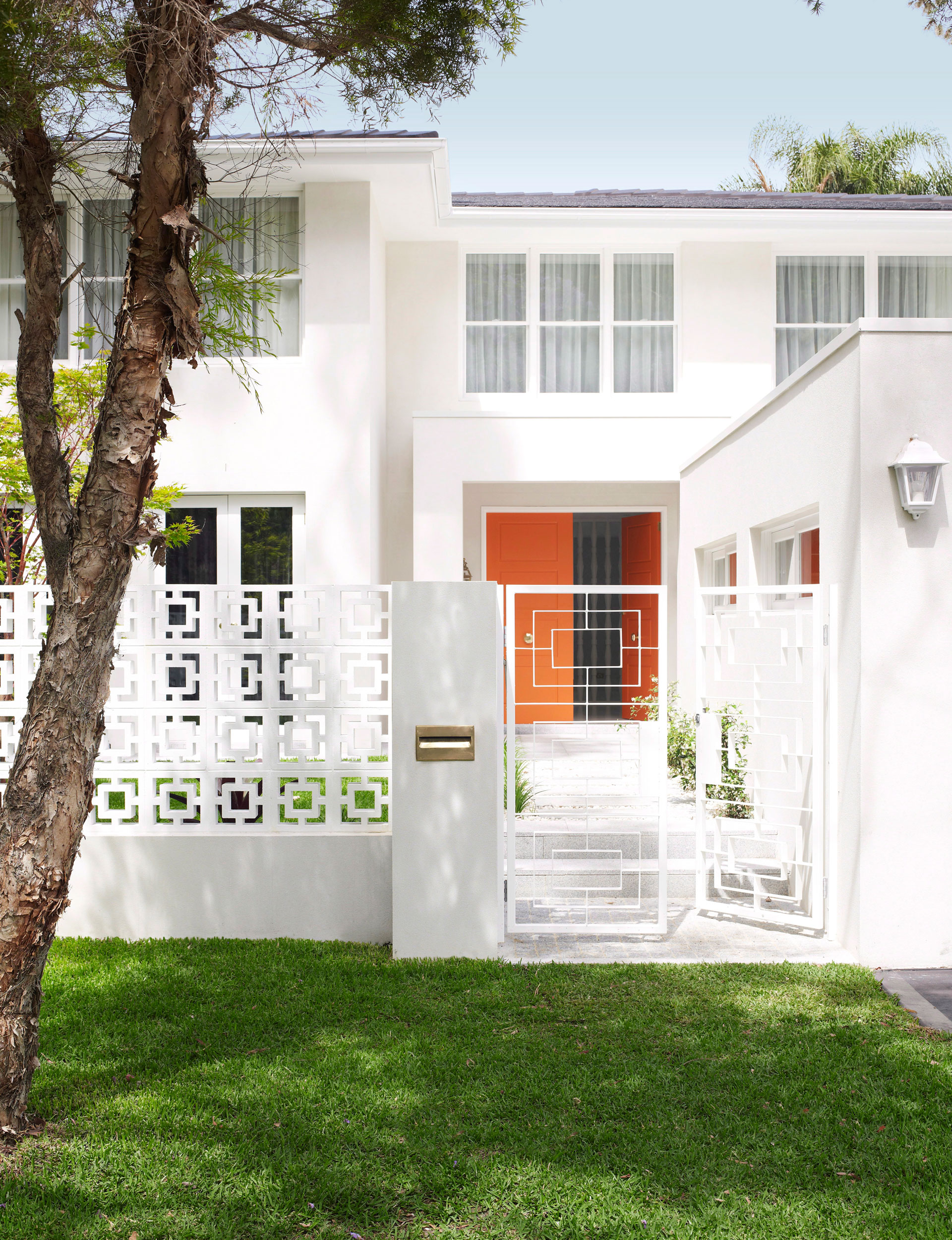
How much will it cost
Fencing can range from $50 to $2000-plus per lineal metre, depending on the material. Trellis, brushwood and bamboo panels will cost the least and can be fixed onto existing fences. But these are considered short-term (10-15 year) options. Timber is one of the cheapest materials, particularly if it’s rough sawn (not planed or treated after cutting) and unpainted.
Painting and staining timber will add to the cost, but improve longevity and give the fence a contemporary finish. Timber palings are cheaper than solid timber as are wood-plastic composite fences such as Durafence. These are sold in a range of styles and marketed as more durable and lower maintenance than timber.
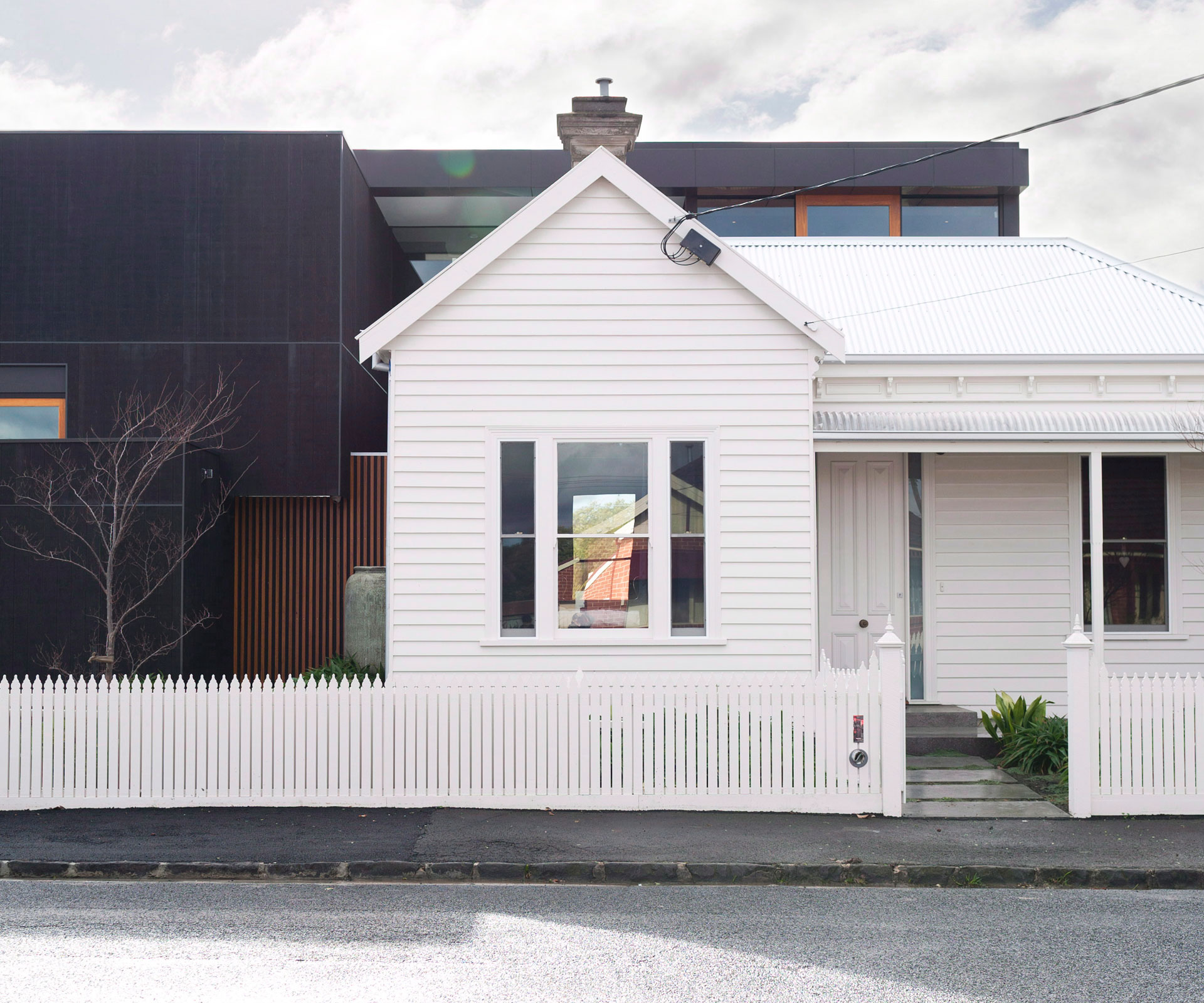
If you prefer metal, then powder-coated steel rails or panels and wrought-iron and aluminium panels are in the same mid-range price bracket as solid timber, but installation may cost more.
Further up the cost scale are concrete and AAC (autoclaved aerated concrete, eg Hebel) panel fences with building costs likely to be higher too, especially for tight and tricky sites. Concrete block and rock walls are at the very top of the price range as far as cost, longevity and, many would say, aesthetic appeal go.
Words by: Carol Bucknell.
EXPERT PROJECTS

Create the home of your dreams with Shop Your Home and Garden
SHOP NOW











